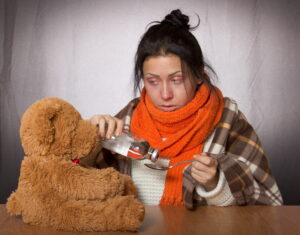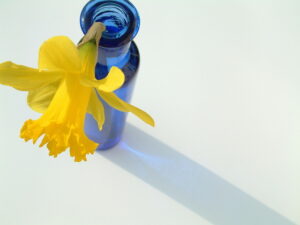Helping to stop the spread of the Flu and other cold viruses
The recent Coronavirus outbreak is certainly testing our preparedness and response to possible pandemics. It’s a serious reminder to how quickly things can escalate when it comes to viruses that can be spread person-to-person. Flu season comes every year with reminders on good practices to help prevent the potentially fatal illness, but it seems the cautions have heightened with the news of the new danger that’s traveling the globe. Even if you’re not quite ready to start stocking up to prepare for the possibility of a mandatory 2-week quarantine, you should at least start really working on improving your day-to-day practices to help prevent the spread of many illnesses. Here are some ideas to help you that.
Are you washing your hands for a full 20 seconds?
Set a timer on your phone for 20 seconds and while it runs see how many times you can hum happy birthday before the alarm goes off. Use that a measure to how long you should be washing your hands every time.
To work or not to work?
If you wake up and you’re obviously suffering from some illness like a cold or the flu then please do everyone a favor and unless you’re leaving to seek treatment, stay home. Rest up. Keep up on the fluids. Your co-workers should even thank you for considering their health too by you not wanting to risk sharing your illness with them.
When was the last time you cleaned your keys?
I’d bet if there’s two things you touch throughout the entire day it’s your phone and your keys. That includes touching them after or while visiting public places that are known to be breeding grounds for bacteria and that have surfaces to share viruses. Don’t just wash your hands after visiting these places, but also clean your phone and your keys that you probably touched in the meantime.
Clean, clean, clean…
Hopefully you all have at least that one person at your workplace that as soon as a sniffle is heard they are all around the place with the disinfectant spray or wipes. Why not make a schedule where someone is assigned to the beginning and end of every day to wipe all of the common surfaces? Each individual should wipe down their own pens, pencils, phones, staplers, etc. Wipe down common surfaces at home too.
Air purifiers & humidifiers for the win.
You can disinfect surfaces, but how do you clean the air? Air purifiers can be great at reducing harmful airborne germs and allergens, and studies have shown that keeping a relative humidity of more than 40% can reduce the flu virus survival rate. Between those two units and keeping up on changing your air filters you are making a significant increase in air quality.



